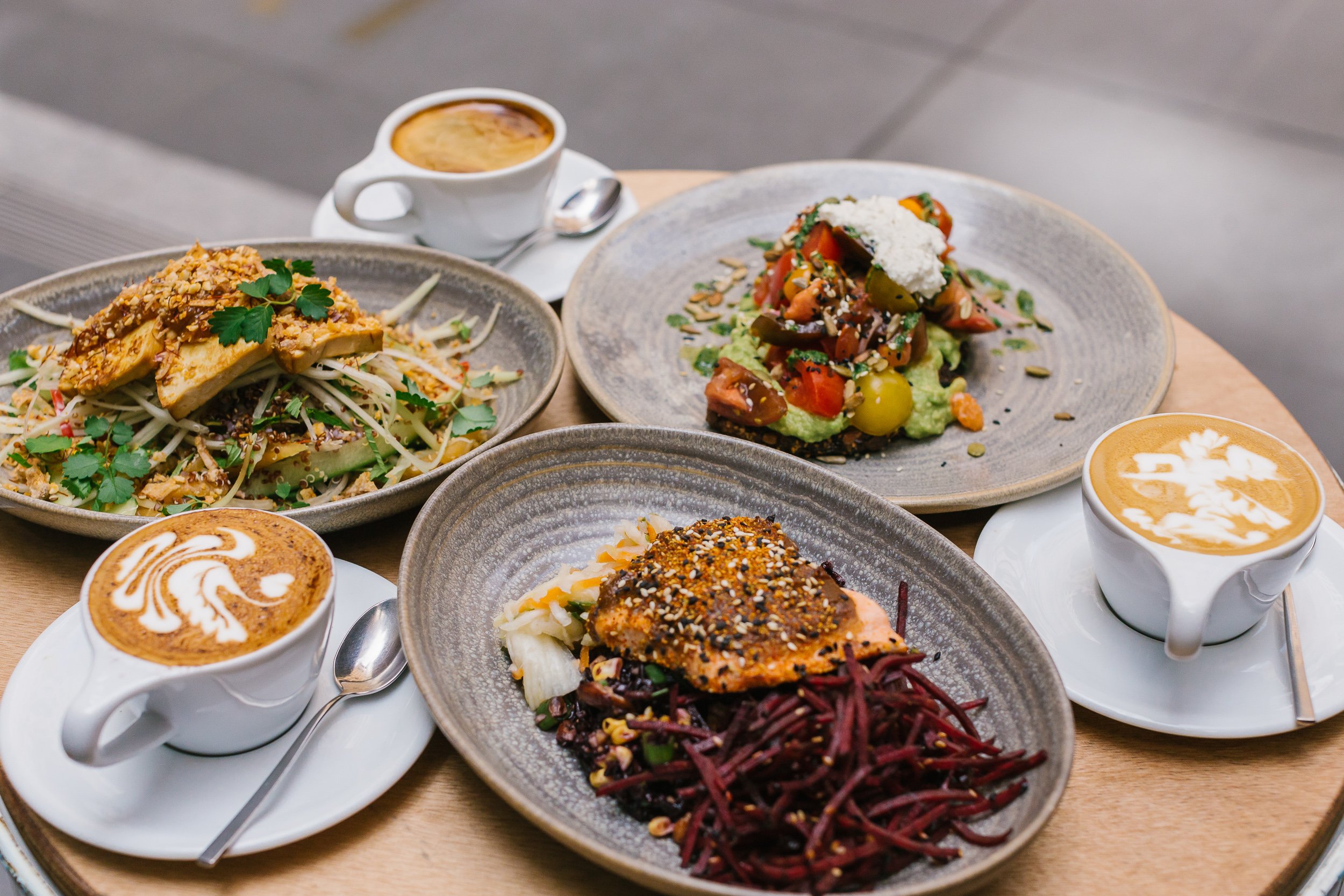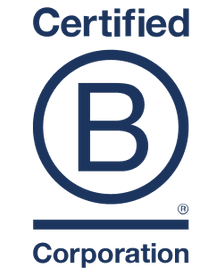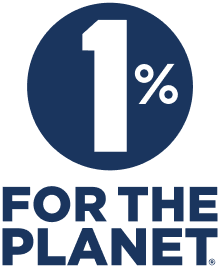Cafes find raising prices hard due to coming to terms with inflation, the assumption that busier is better, and fear. This article goes well with the choice every cafe has to make about prices.
Inflation is hard to come to terms with
Inflation presents a few challenges: a new experience, higher increases than what might be expected, the difficulty in setting prices, and whether it’s temporary or permanent.
A new experience
Inflation is something we have not experienced since the 70s in Australia. This is something that is new. It’s forcing us to unlearn past experiences and also develop a new muscle and strategy for dealing with this new phenomenon. On the other hand, just because we haven’t experienced it in the past, it does not mean that it will simply go away. We can also learn from other countries and past experiences on how to best manage inflation and cost increases. The relevant learning for us is that in an inflationary environment costs simply cannot be absorbed by most businesses. Therefore, they have to make choices about putting up prices or reducing [the level of] what they offer.
Higher increases than expected
Most businesses and especially cafes are experiencing their input costs rising by a lot more than 6-7% (the current Australian inflation rate). The reason is that food, coffee and milk input prices have increased by over 20% in some cases. Energy has also increased significantly. Interest rates as well as wages also have an impact. Therefore, while at first, it may seem odd as to why a cafe’s input costs are increasing faster than general inflation, the different mix of inputs that the cafe uses explains this. Therefore, prices have to increase by more than the general inflation rate.
Difficulty setting prices
Businesses find it difficult to set and accept prices during this time. The primary reason for this is that most of us are naturally comparing it to past experiences of 2-4% or current inflation of 6-7%. Is a price increase of 15%, too much? The answer is that it depends on what it’s being compared to. If comparing it to the past or average inflation, then yes, it is a lot. However, if comparing it to input costs which have increased by more than 20% and in some cases 50%, then 15% sounds like a pretty good deal. We should have empathy for our customers and each other during this time due to the price shocks and rapid rate of price rises. At the same time, the price rises need to be in proportion to the increase in costs for everyone to be viable.
Temporary or permanent
Most business leaders as well as the greatest economic minds continue to debate whether inflation is temporary [transitory/seasonal] or permanent [ structural]. This is a difficult question to answer. The more important question is whether cost inflation is currently affecting businesses and is likely to continue to affect us in the near future. The answer to both questions is yes. The current inflation is clear and future inflation is highly likely due to elevated price levels of various global commodities as well as a very weak Australian dollar. Therefore, a better strategy would be to deal with the inflation and cost increases as we experience and see them. If and when that changes, we should adjust our pricing strategy also.
Busier is not better
Another misconception is that being busier means being more profitable. That is simply not the case. Often lower prices lead to higher sales; however, if the pricing level is wrong it can also lead to bigger losses. The other peculiar thing about our industry is that cafes are busiest in the morning and then a midday rush. However, cafes cannot charge extra during these times of higher demand like other industries such as airlines, accommodation, ride shares and so on. Busier times actually lead to less profitability in most cases due to the need for extra staff and better equipment during these times. Here technology can help a lot. However, even then a cafe that optimises its roster for the busiest time of the day will often be overstaffed for most of the day. The second issue is that being busy often impacts the quality of coffee and food, level of service and speed in a negative way. Add to this the staffing shortage and the busier is better strategy starts to work against many businesses. Pricing has an important part to play here to manage demand as well as create sustainable margins.
This doesn’t deny the fact that many cafes need a certain amount of sales to cover rent. However, by being priced at the right level cafes can take pressure off their busiest times, offer better quality, service and speed and pull in more demand during slower times by using promotions and bundles.
For example, $50,000 in sales at a 20% gross margin is the same as $35,000 in sales at a 28.5% gross margin. Both lead to gross revenue of $10,000. However, the level of effort, rostering, and quality control needed for $50,000 in sales is a lot different than $35,000.

Fear stops us
Lastly, we, humans, are an emotional species after all. Price increases are often scary. Fear of losing customers, fear of negative comments or reviews, fear of disappointing others, fear of failure, fear of not providing enough value and fear of raising prices too much or too fast all paralyse us. Some of these are real risks and should be recognised. However, they should be balanced with other risks. Fear should not make us forget the risk of charging too little, the risk of dropping the level of quality and service, the risk of slowly going broke, and the risk of not raising prices enough or fast enough. Let’s not give into fear. Let’s make smart decisions and implement them in a friendly manner. Let’s talk to our customers, take them on the pricing journey. Let us change with the times together.
Conclusion: the opportunity exists for those who are brave
We are optimistic about the Australian specialty coffee industry. We have one of the best coffee cultures in the world. We believe there is an opportunity here to develop a new muscle in pricing, better align our offerings to the prices we charge and better educate our customers on the challenges we face. We believe that if we do this with empathy and honesty we will find our customers not only understanding but also supportive. Then we can not only create sustainable businesses but also continue our journey towards a sustainable future.




